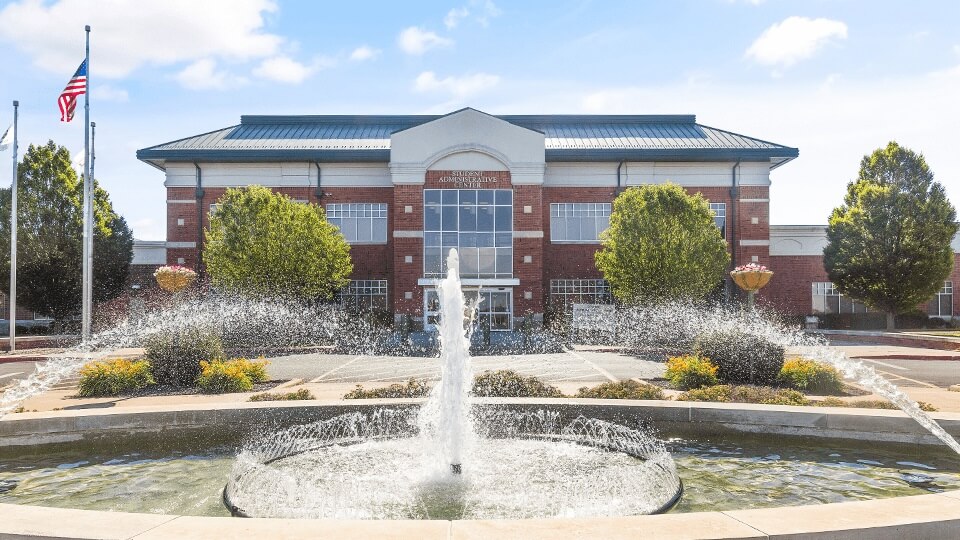

By JUSTIN A. COBB
Guest Columnist
The week of March 16-22 this year is Brain Awareness Week, but as a neuroscientist who works for a teaching-intensive institution of higher learning, the latest research on how the brain learns is always at the forefront of my mind.
Brain Awareness Week is a joint nationwide campaign of the Society for Neuroscience and the Dana Alliance for Brain Initiatives that aims to promote public awareness of the benefits of brain research.
My entire approach to teaching is informed by research on the neuroscience of learning, from the type of work I assign to the format of the assessments I give in class and the suggestions I give to students on how to study.
Memories in the brain, whether of a personal nature or the facts and concepts taught in class, consist of very specific connections among very specific neurons within the brain.
“Neurons that fire together wire together,” so the saying goes, referring to the strength of those very specific connections among specific neurons.
The ability to recall memories is a function of how strong those connections are, hence the value of studying.
The caveat, however, is that the more active and effortful the rehearsal, such as self-quizzing as opposed to simply rereading notes or highlighting the text, the stronger the effect.
In other words, learning is hard work but hard work that pays off, much like the hard work one might put in at the gym if they want to lose weight, pack on muscle, or otherwise get into shape, as I explain in class, usually on the first day.
When I began teaching, I would occasionally hear a student humblebrag about how little sleep they got or that they had pulled an all-nighter the night before an exam.
Knowing what I know about the neuroscience of learning as it relates to sleep, I knew I had to put a stop to that.
I now explain to my students the importance of sleep in the learning process, particularly in the process of consolidation, which sears memories into the mind for easier recall.
One of the things that happens when you sleep is that the brain declutters itself, pruning unimportant connections and strengthening the important ones.
As I explain to my students, if learning is like buying a bunch of books at a used book sale, then sleep is like taking the few minutes to sort and shelve them, which makes that volume on the causes of World War I much easier to find when you need it.
Oftentimes, the temptation to forego sleep in hopes of maximizing study time is driven by anxiety, which is often universally regarded as a negative.
While excessive anxiety can impair learning, an optimal level of anxiety can provide the arousal needed to elicit maximal performance.
Too little or too much anxiety predicts poor performance, but in the middle is a sweet spot where optimal performance is seen.
When I inform my students of these findings, I also give them some good news: you have some control over the level of anxiety you feel.
Feelings of anxiety are driven in part by a small area of the brain called the amygdala.
Engaging in rational thinking, however, is driven by the frontal lobe, and fortunately, there are strong connections between those two brain areas.
Because of those connections, I explain to my students, you can actually talk back to those feelings of anxiety with rational thought.
This same process in fact underlies cognitive-behavioral therapy, one of the most effective psychological treatments for anxiety and depression.
These are just a handful of examples of how I have incorporated neuroscience research to improve my teaching and my students’ learning.
My hope is that you will take some time during Brain Awareness Week to think about how brain research can benefit your daily life, too.
Justin A. Cobb, PhD, is an instructor of natural sciences at John Wood Community College in Quincy, Ill. The opinions shared here are his alone and do not necessarily reflect the views of his employer.